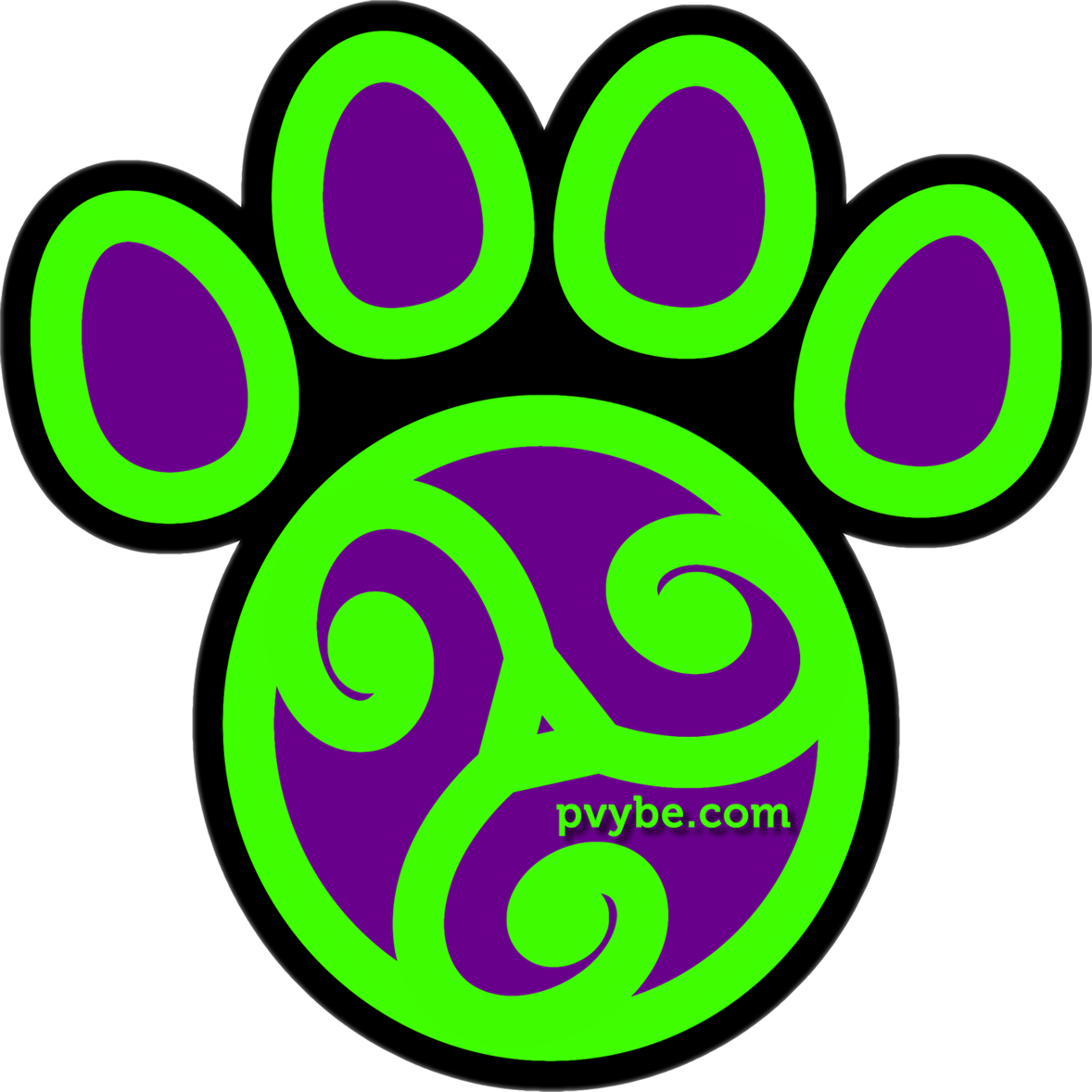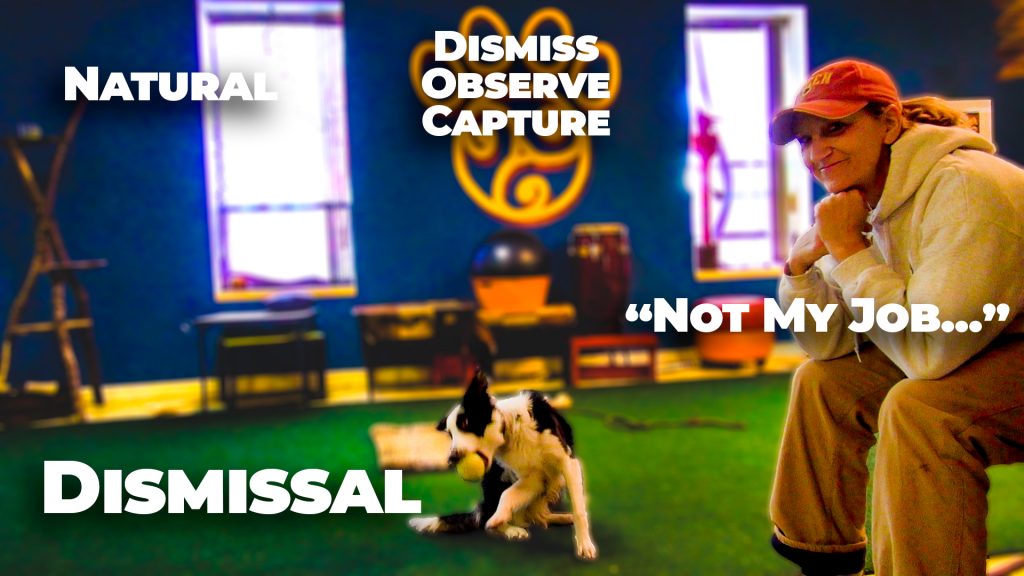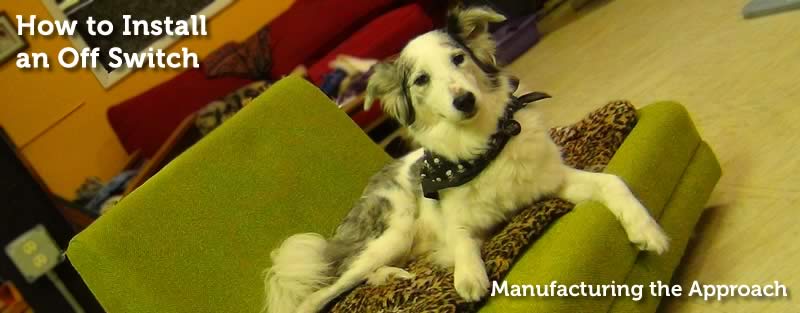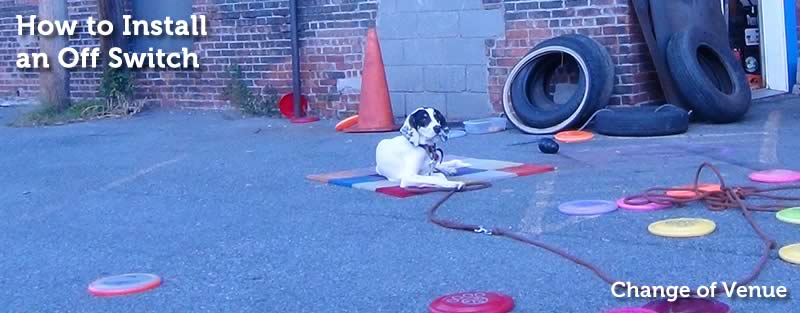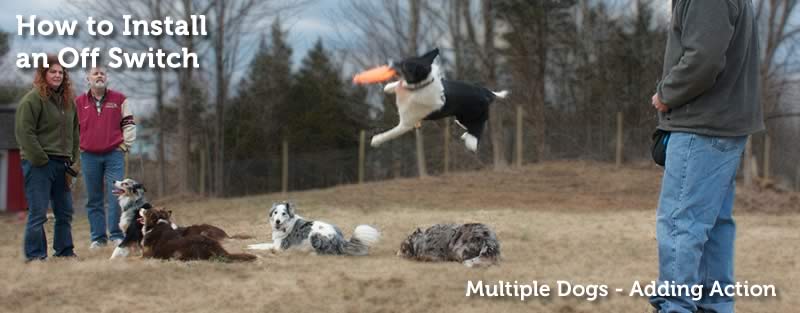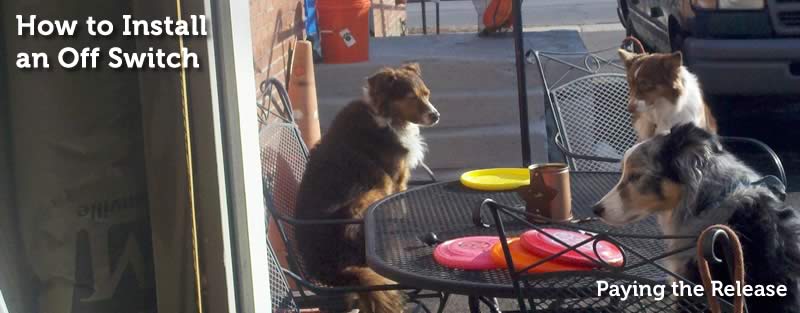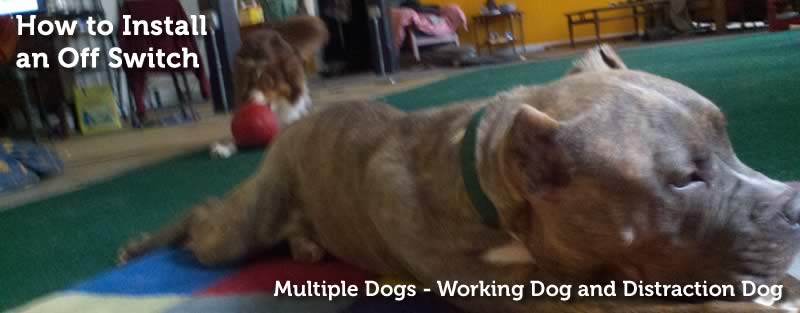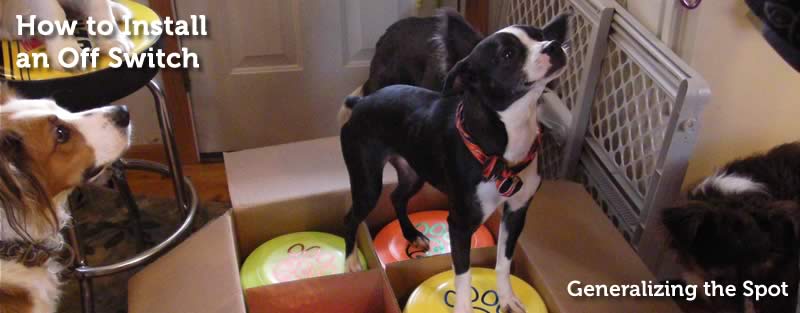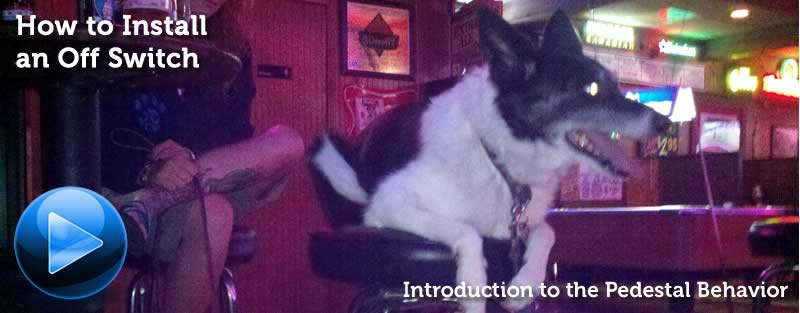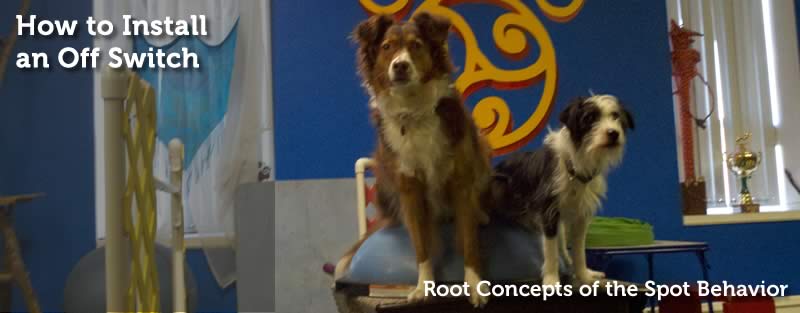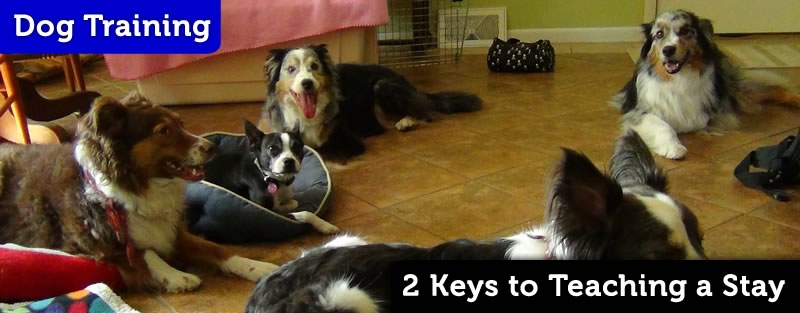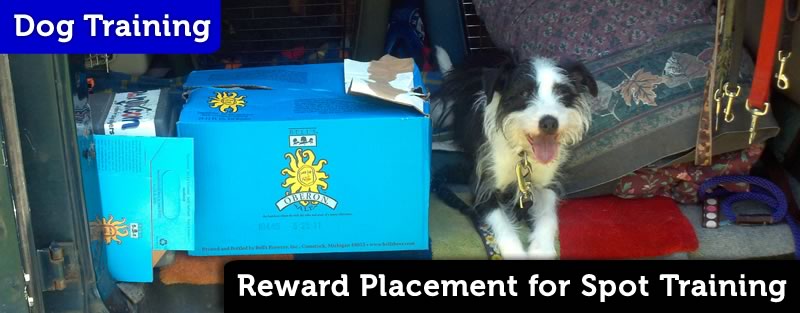Tag: Off Switch
An Off Switch in dog training and dog sports is extremely important; Articles on installing an Off Switch in your dog by Ron Watson of Pawsitive Vybe.
[Link] Install an Off Switch While Building Drive — Leave them Wanting More
http://www.thrivingcanine.com/wanting_more
Chad Culp’s recent piece on his blog, Thriving Canine should be required reading for all dog trainers, dog sport and disc dog handlers in particular.…
Go Do Dog Stuff: Seven Simple Ideas for Effective Dismissal
What Is Dismissal? Dismissal is the opposite of Attention. Practically speaking, it means that the handler is not available at this time. It does not…
